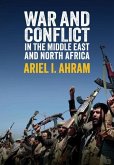
Gebundenes Buch
1. Auflage
16. November 2020
Polity / Wiley & Sons
1A509532810
| Broschiertes Buch | 30,99 € | |
| eBook, ePUB | 19,99 € |
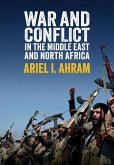
Broschiertes Buch
1. Auflage
25. September 2020
Polity / Wiley & Sons
1A509532820
19,99 €
inkl. MwSt. und vom Verlag festgesetzt.
Sofort per Download lieferbar
eBook, ePUB
29. September 2020
John Wiley & Sons
14,95 €
Sofort per Download lieferbar
17,95 €
Sofort per Download lieferbar
Ähnliche Artikel

Broschiertes Buch
Why Gulf Wealth Matters to Britain
1. Auflage
28. November 2018
Polity / Wiley & Sons
1A509532040

Gebundenes Buch
Why Gulf Wealth Matters to Britain
1. Auflage
28. November 2018
Polity / Wiley & Sons
1A509532030

22,99 €
Versandfertig in über 4 Wochen
Broschiertes Buch
Hot Spots in Global Politics
2. Aufl.
20. August 2018
Polity / Wiley & Sons
1A509522410

Gebundenes Buch
Hot Spots in Global Politics
2. Aufl.
23. Juli 2018
Polity / Wiley & Sons
1A509522400

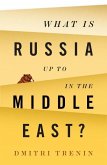
22,99 €
Versandfertig in über 4 Wochen
Broschiertes Buch
1. Auflage
11. Dezember 2017
Polity / Wiley & Sons
1A509522310
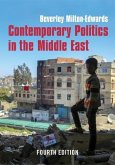
Gebundenes Buch
4. Aufl.
5. Februar 2018
Polity / Wiley & Sons
1A509520820
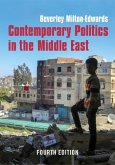
Broschiertes Buch
4. Aufl.
19. Januar 2018
Polity / Wiley & Sons
1A509520830
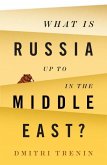
Gebundenes Buch
1. Auflage
11. Dezember 2017
Wiley & Sons
1A509522300
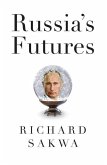
25,99 €
Versandfertig in über 4 Wochen
Ähnlichkeitssuche: Fact®Finder von OMIKRON
